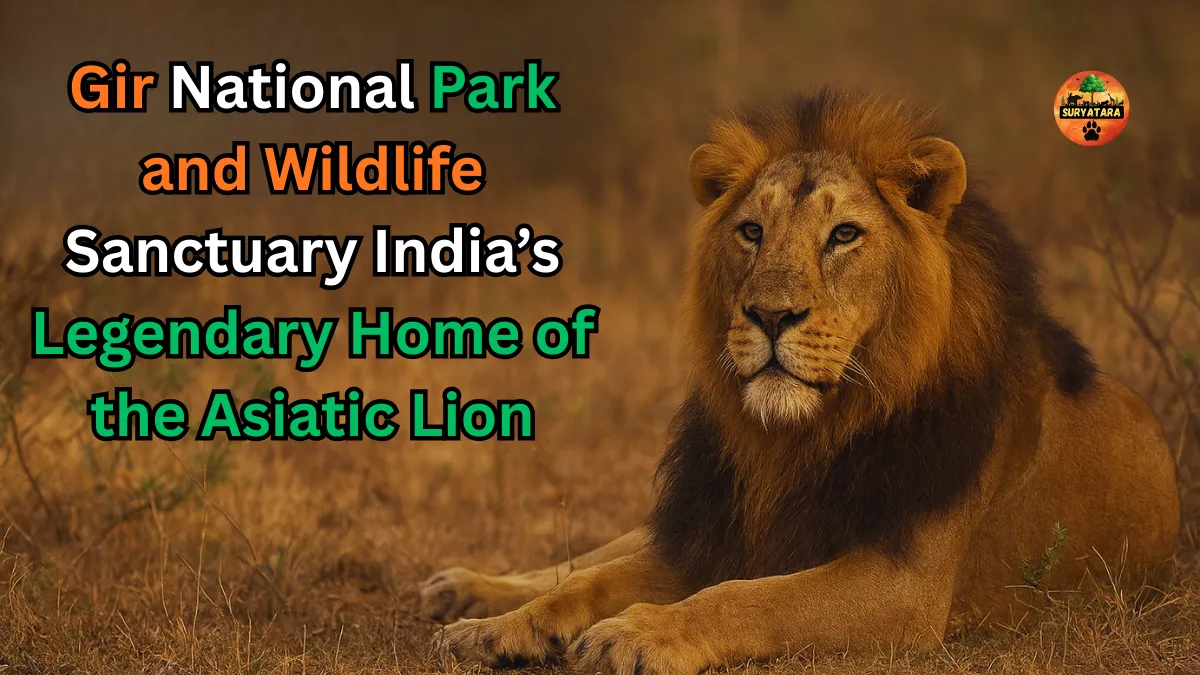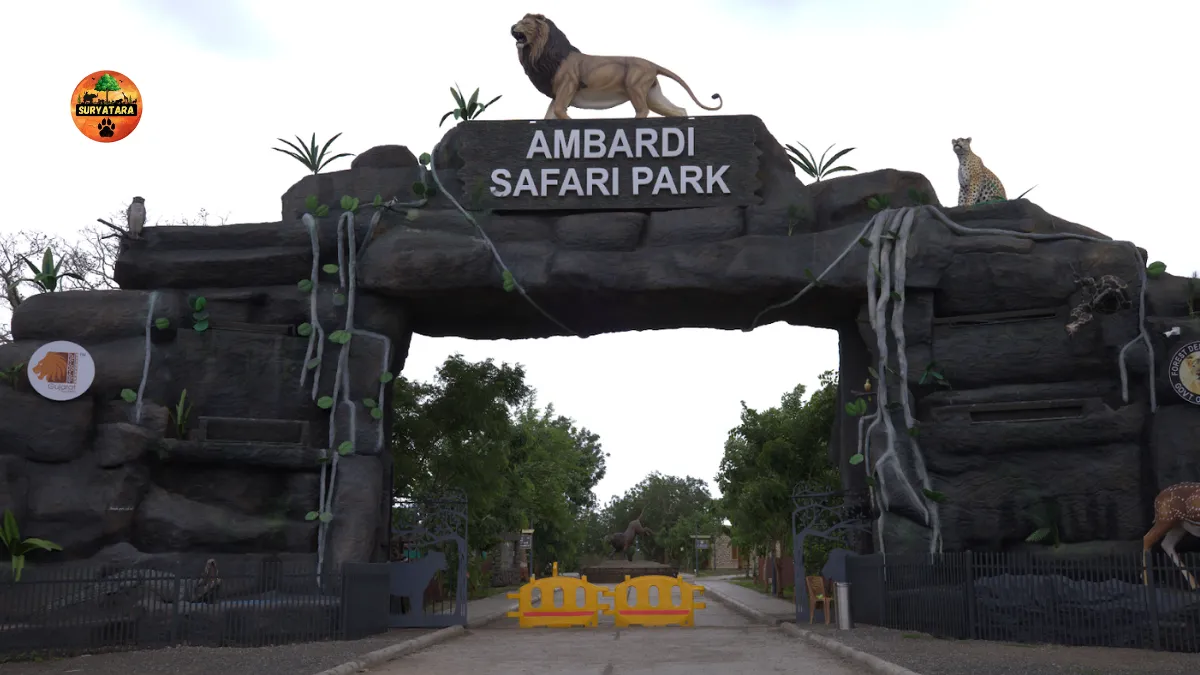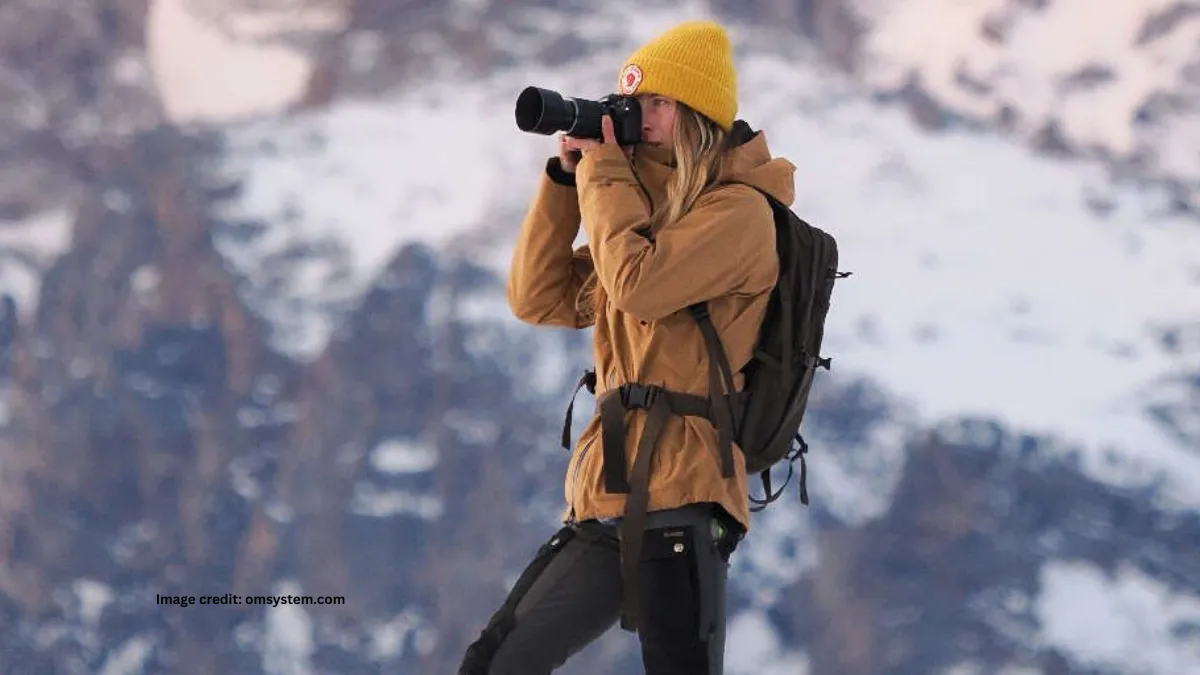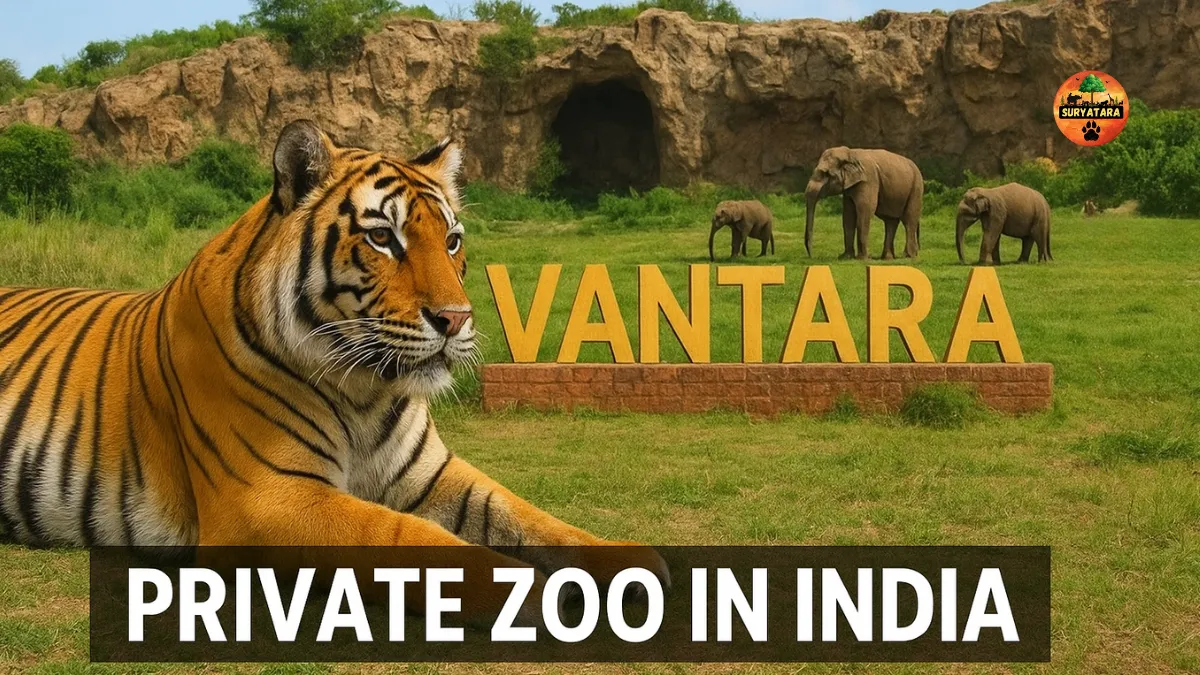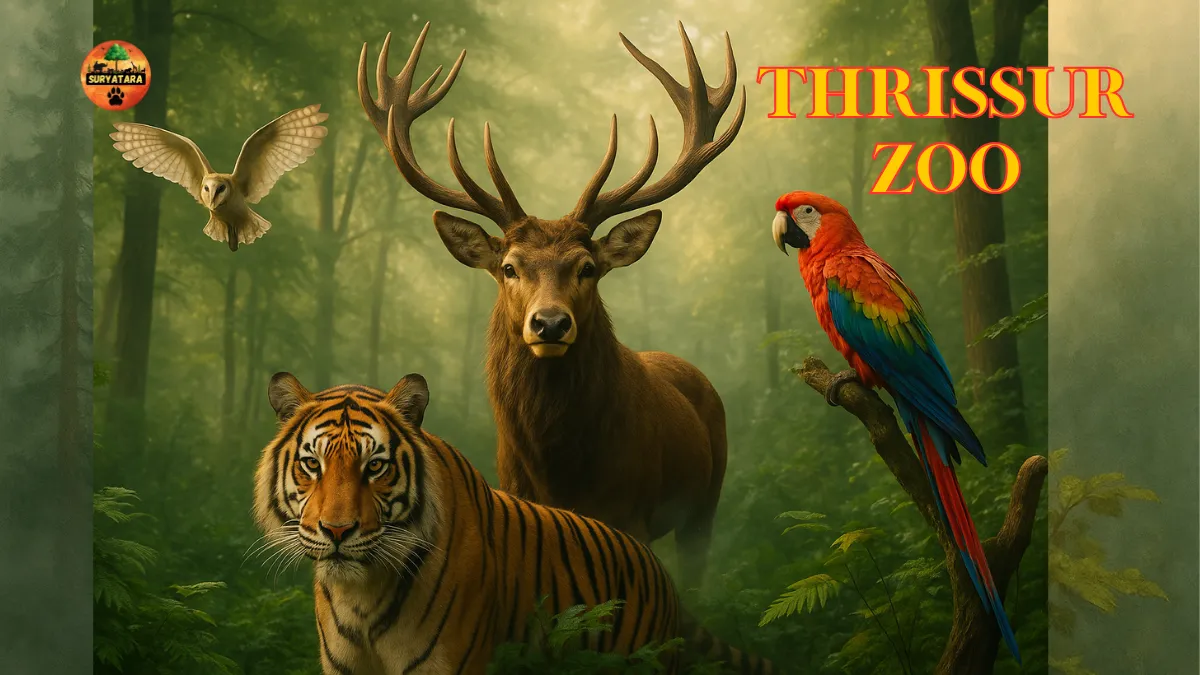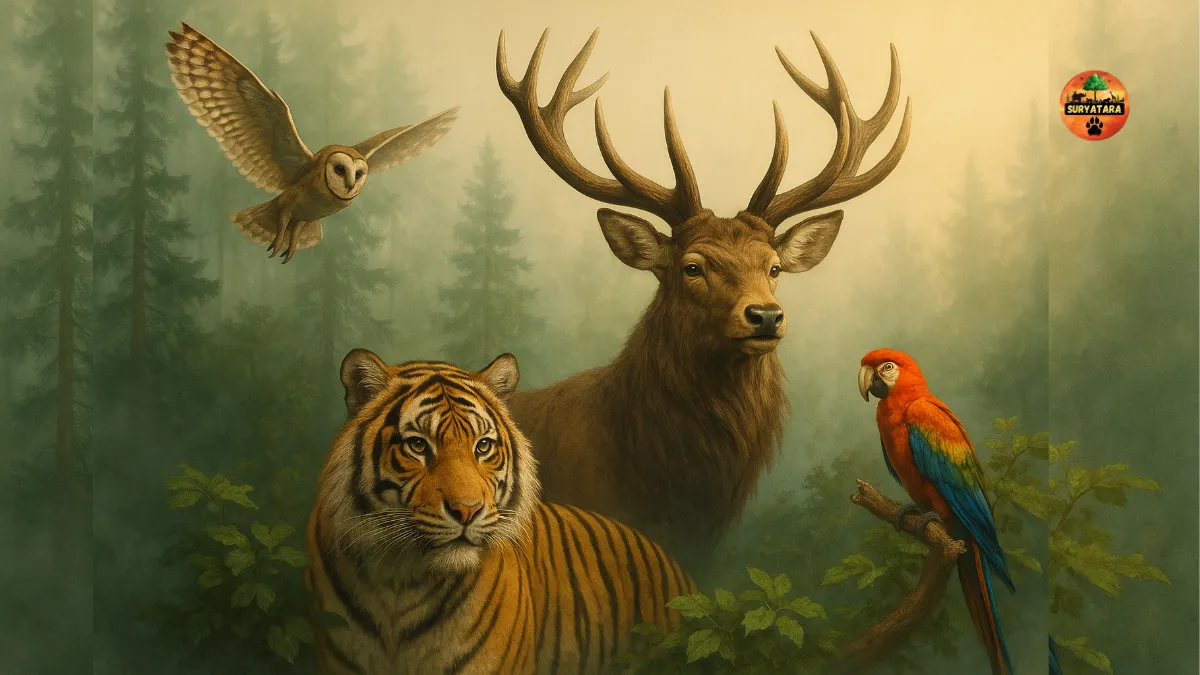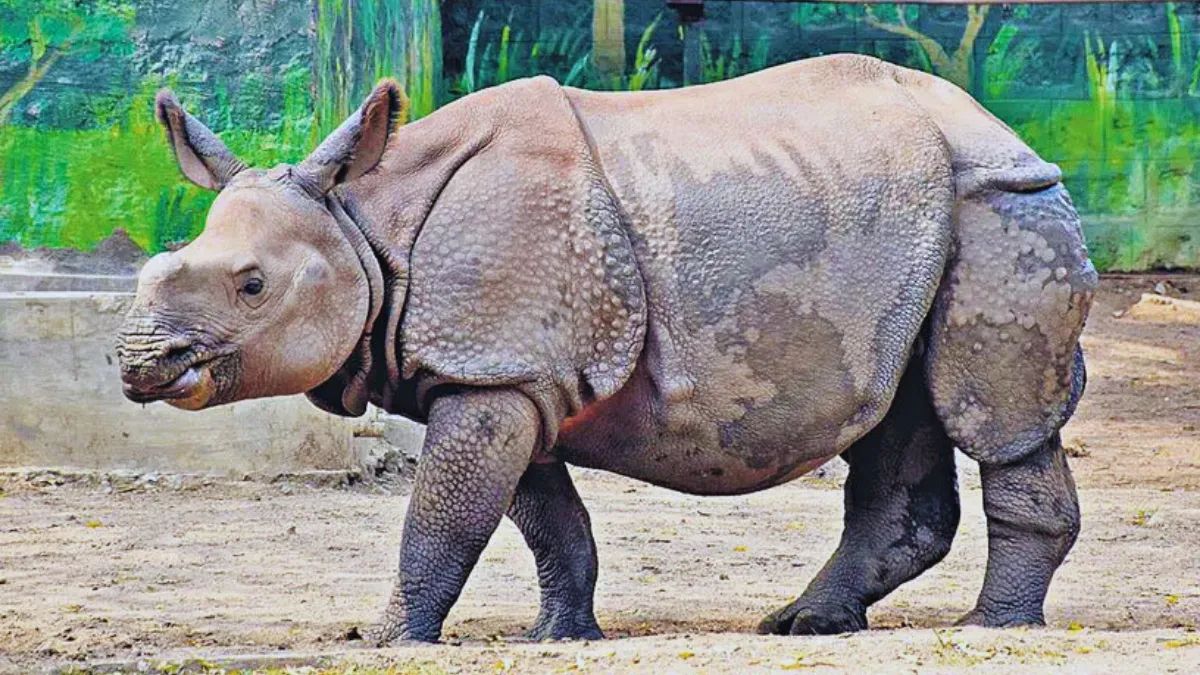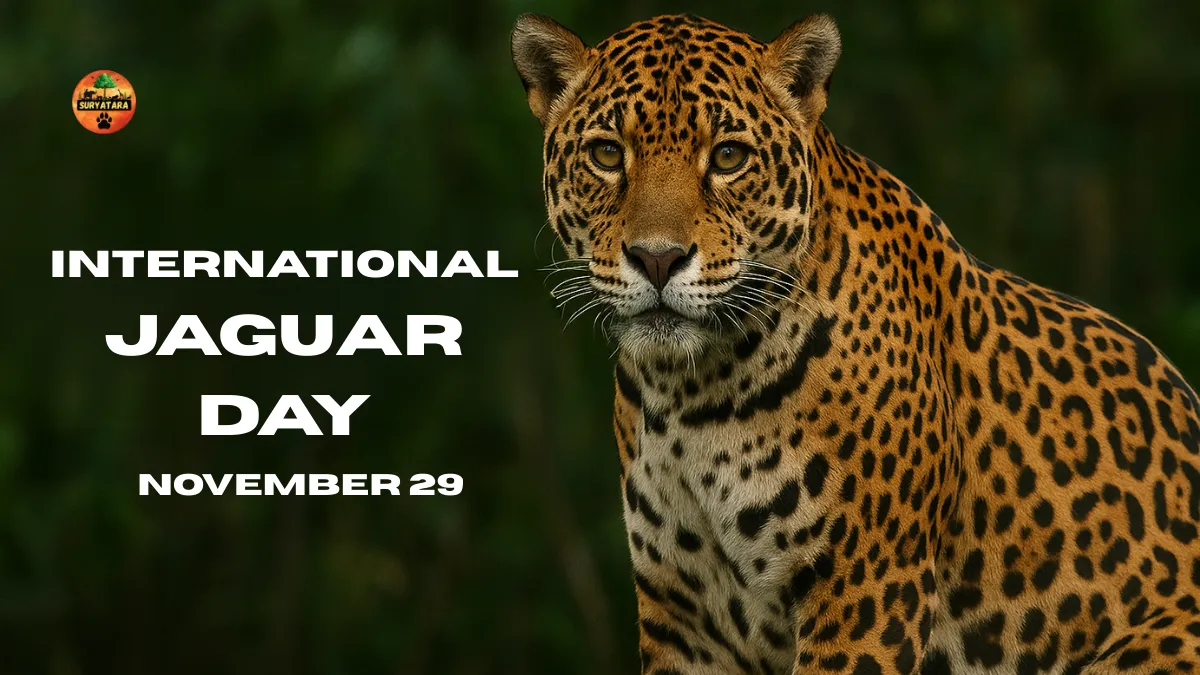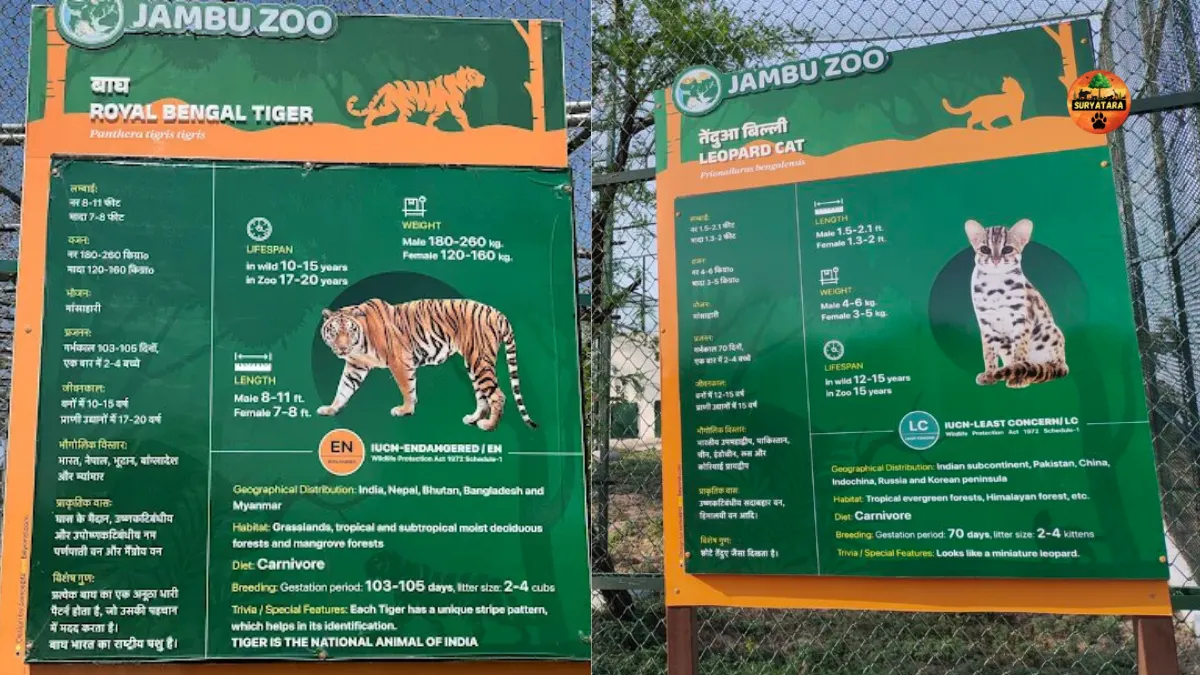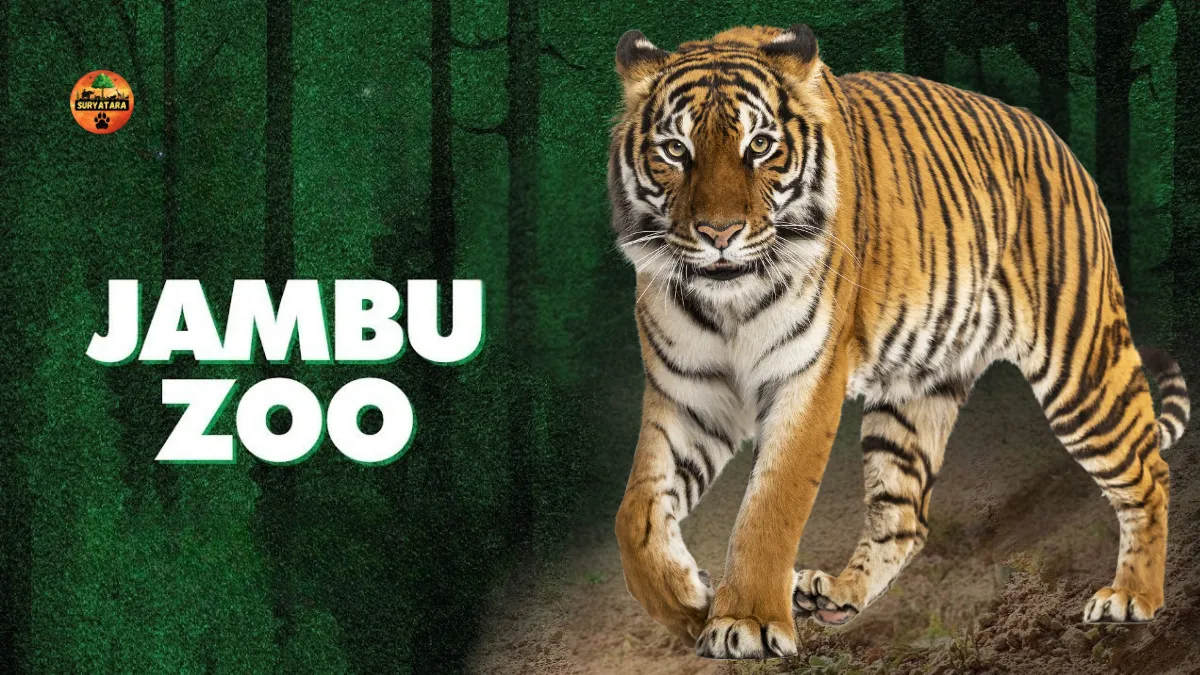What camera lens is best for wildlife? This is one of the most common questions asked by beginners and even intermediate photographers who want to capture the magic of the natural world. Wildlife photography is a unique art form that requires patience, skill, and most importantly, the right gear. Among all photography equipment, the choice of lens plays the most crucial role. Unlike landscapes or portraits, wildlife subjects are often unpredictable, fast-moving, and usually far away from the photographer. Therefore, having the right lens can make the difference between a blurry shot and a breathtaking masterpiece.
In this article, we’ll explore what makes a great wildlife lens, compare different focal lengths, and provide tips to help you choose the perfect option for your style and budget.
Why the Right Lens Matters in Wildlife Photography

Before answering what camera lens is best for wildlife, it’s important to understand why lens selection is so critical. Wildlife photographers deal with many challenges: animals rarely stay still, lighting conditions often change quickly, and getting physically close can be dangerous or simply impossible.
A good wildlife lens helps to:
- Capture sharp details of distant animals.
- Freeze fast action, such as birds in flight or predators hunting.
- Create a pleasing background blur (bokeh) that isolates the subject.
- Work efficiently in low-light conditions such as early mornings or evenings, when wildlife is most active.
Key Features to Look for in a Wildlife Lens

When asking what camera lens is best for wildlife, you should evaluate the following features:
- Focal Length – A longer focal length (300mm to 600mm) is often preferred for photographing distant animals.
- Aperture – A wide maximum aperture (like f/2.8 or f/4) helps with low-light shooting and creating shallow depth of field.
- Autofocus Speed – Wildlife subjects move quickly, so a lens with fast and accurate autofocus is essential.
- Image Stabilization – Helps reduce camera shake when hand-holding heavy telephoto lenses.
- Weight and Portability – Hiking with heavy gear can be challenging; balance quality with comfort.
- Durability – A weather-sealed lens is crucial for outdoor environments where dust, rain, and humidity are common.
What Camera Lens is Best for Wildlife? – Popular Options

Here is a table comparing popular focal lengths and their advantages:
| Lens Type | Focal Length Range | Best For | Advantages | Limitations |
|---|---|---|---|---|
| Telephoto Zoom | 100–400mm | Versatile wildlife (safari, large mammals) | Flexible zoom, lighter weight | May lack extreme reach for small birds |
| Super-Telephoto Prime | 500mm, 600mm | Birds, distant wildlife | Exceptional sharpness, background blur | Very heavy, expensive |
| Telephoto Zoom (150–600mm) | 150–600mm | General wildlife & birding | Long reach, budget-friendly | Slower aperture, heavier than 100–400mm |
| Fast Telephoto (300mm f/2.8 or 400mm f/2.8) | 300–400mm | Action shots, low-light wildlife | Superb low-light performance | Very costly, heavy |
Telephoto Zoom Lenses (100–400mm)
If you’re just starting out and wondering what camera lens is best for wildlife on a budget, a 100–400mm zoom lens is an excellent option. It offers flexibility, allowing you to photograph both nearby animals and distant subjects without changing lenses. Brands like Canon, Nikon, Sony, and Sigma all offer high-quality versions in this range.
This type of lens is lighter compared to super-telephoto primes, making it easier to carry on safaris, treks, or birdwatching trips. However, it may sometimes fall short when photographing very small or distant birds.
Super-Telephoto Primes (500mm & 600mm)
For professional wildlife photographers, the answer to what camera lens is best for wildlife often points toward prime super-telephoto lenses. The 500mm and 600mm lenses are considered gold standards in bird photography. They provide incredible sharpness, fast autofocus, and beautiful subject isolation.
These lenses are heavy and usually require a monopod or tripod, but their image quality is unmatched. If budget is not a concern and you want to capture world-class wildlife images, this category is the top choice.
Telephoto Zoom 150–600mm Lenses
In recent years, third-party manufacturers like Sigma and Tamron have gained popularity with their 150–600mm zoom lenses. These lenses provide extreme reach at a fraction of the cost of prime super-telephotos.
They are ideal for enthusiasts who want to explore bird photography without spending the price of a small car. While they don’t perform as well in low light due to narrower apertures, they are versatile and great for daylight conditions.
Fast Telephoto Primes (300mm f/2.8, 400mm f/2.8)
If you are focused on fast action and low-light wildlife photography, fast telephoto primes like 300mm f/2.8 or 400mm f/2.8 are excellent. They allow faster shutter speeds even in dim conditions and produce creamy bokeh.
Sports photographers often use them, but they are equally effective in wildlife settings, particularly for large mammals or birds in flight. The downside is their extremely high cost and weight.
Also read: Wildlife Photography Camera Price in 2025: Best Options for Every Budget
Budget Considerations
Not everyone can invest in a $10,000 lens. Beginners often wonder what camera lens is best for wildlife when working with a limited budget. In such cases, zoom lenses like the 70–300mm or the 150–600mm range are ideal starting points. They offer good reach without breaking the bank and still deliver sharp images in good light.
Also read: Best Telephoto Lens for Wildlife Photography: Capture Nature Like a Pro
Tips for Choosing the Best Wildlife Lens
- Consider your subject: Bird photographers need longer lenses (500mm+), while safari photographers can manage with 300–400mm.
- Think about portability: If you plan on hiking long distances, a lighter zoom lens is better than a heavy prime.
- Match lens with camera: Some crop-sensor cameras effectively increase focal length (e.g., a 400mm lens acts like 600mm on APS-C).
- Test before buying: If possible, rent a lens to see how it fits your shooting style.
Also read: Best Affordable Camera for Wildlife Photography for Beginners and Travelers
Conclusion
So, what camera lens is best for wildlife? The answer depends on your subject, style, and budget. For versatility and affordability, a 100–400mm or 150–600mm zoom is excellent. For professionals seeking the highest quality, prime super-telephoto lenses like 500mm or 600mm are unmatched.
Ultimately, the best wildlife lens is the one that allows you to capture the beauty of nature while balancing cost, weight, and performance. With the right lens in hand, you’ll be ready to photograph stunning wildlife moments that tell stories worth remembering.

